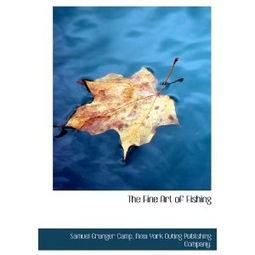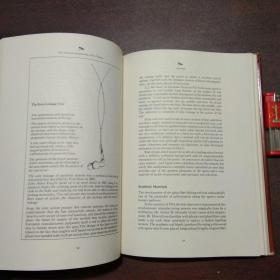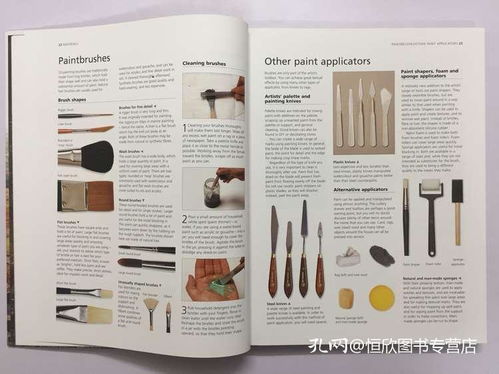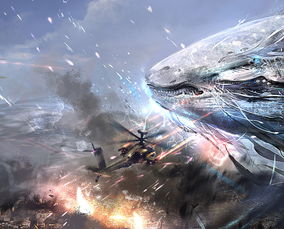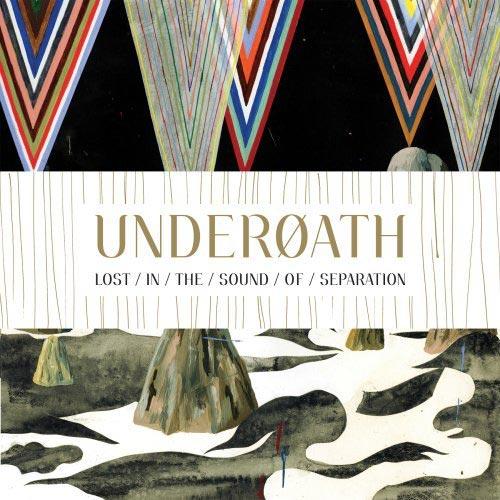Content:
Introduction: Fishing for crabs and shrimp can be a thrilling and rewarding experience for anglers of all levels. Whether you're targeting these delicious seafood delicacies for personal consumption or for sale, it's crucial to master the techniques that will help you catch more crabs and shrimp. In this article, we will explore the essential techniques for crab and shrimp fishing, including selecting the right equipment, baits, and methods to ensure a successful catch.
Choosing the Right Equipment: To start, it's important to have the right equipment for crab and shrimp fishing. Here are some key pieces of gear you'll need:
a. Rod and Reel: A medium-heavy-duty spinning rod and reel combination is ideal for crab and shrimp fishing. The rod should be at least 6 to 7 feet long to provide enough leverage for reeling in your catch.
b. Line: Use a monofilament line with a breaking strength of 10 to 20 pounds. This will ensure that your line can handle the resistance of crabs and shrimp, especially when they're fighting.
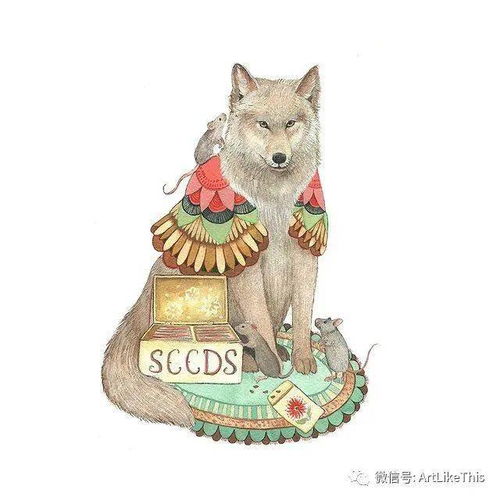
c. Hooks: Select hooks with a size appropriate for the size of the crabs and shrimp you're targeting. J hooks in sizes 2/0 to 4/0 are commonly used for crab and shrimp fishing.
d. Terminal Tackle: Use a swivel or a sliding sinker to attach your hook to the main line. This will prevent line twist and allow for a more natural presentation.
Selecting the Right Bait: The type of bait you use can greatly affect your success in catching crabs and shrimp. Here are some popular baits to consider:
a. Fish: Fresh or frozen fish such as sardines, mackerel, or herring are highly effective baits for attracting crabs and shrimp. Cut the fish into small pieces and attach them to your hook.
b. Squid: Squid is another excellent bait choice, as it resembles the natural prey of crabs and shrimp. You can use whole squid or cut them into strips.
c. Shrimp: Live or dead shrimp can be used as bait, especially for targeting shrimp. Attach the shrimp directly to the hook or use a bait holder.
d. Crabs: Some anglers use live crabs as bait, especially for catching other crabs. However, this method can be more challenging and may require additional equipment.
Choosing the Right Location: To increase your chances of catching crabs and shrimp, it's important to choose the right location. Here are some tips for finding productive spots:
a. Tides: Crab and shrimp are more active during low tide, as they feed on the exposed bottom. Plan your fishing trips accordingly.
b. Structure: Look for areas with natural structure, such as rocks, reefs, or oyster beds, as these locations are often rich in crab and shrimp populations.
c. Currents: Strong currents can bring in a greater variety of crabs and shrimp. Fish areas where currents converge or flow through.
Techniques for Crab and Shrimp Fishing: Once you have the right equipment and bait, it's time to apply the following techniques to improve your chances of catching crabs and shrimp:
a. Bottom Bouncing: This technique involves slowly dragging your bait along the bottom, mimicking the natural movement of crabs and shrimp. Use a medium retrieve speed and allow your bait to sink to the bottom before starting the retrieve.
b. Jigging: Jigging involves moving your bait up and down in a swift, erratic motion. This technique can be effective for triggering strikes from crabs and shrimp, especially in areas with strong currents.
c. Stalking: This technique involves slowly approaching the target area and making short casts to the bottom. Stalking can be effective for catching crabs and shrimp that are hiding in structure.
d. Free-Lining: Free-lining involves casting your bait out and allowing it to drift naturally with the current. This technique can be effective for targeting crabs and shrimp that are feeding on the surface.
Conclusion: Crab and shrimp fishing can be a fulfilling and enjoyable pastime for anglers of all levels. By mastering the essential techniques for selecting the right equipment, baits, and methods, you'll be well on your way to catching more of these delicious seafood delicacies. Remember to practice responsible fishing and respect the natural environment to ensure sustainable fishing practices for future generations. Happy fishing!


